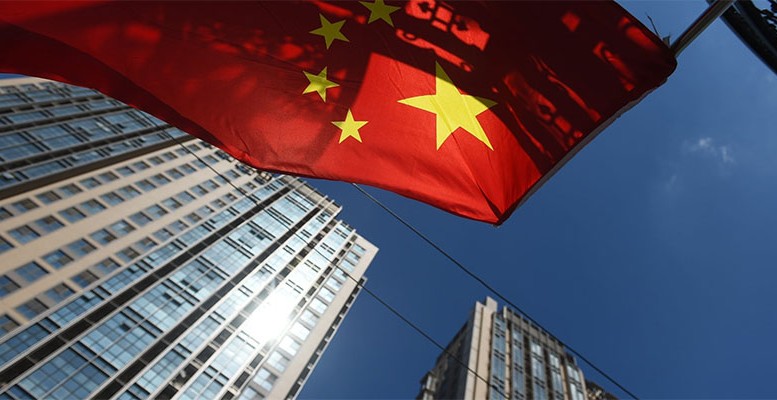Jinyue Dong / Betty Huang (BBVA Research) | A batch of economic activity indicators announced yesterday by the National Bureau of Statistics pointed to a continuing growth momentum in August. Industrial production, fixed-asset investment and retail sales all showed remarkable improvement from their previous month’s readings and beat the market consensus. Although the recovery path was still unbalanced, the silver lining is retail sales entered into expansion territory, the first time since the Covid-19 outbreak, mitigating the uneven feature of the recovery to some extend.
From the supply side, the growth of industrial production recorded its six months consecutive growth, which surged to 5.6% y/y in August from 4.8% y/y in July (Bloomberg consensus: 5.1% y/y). The better-than-expected performance was supported by the continuous recovery of the domestic and overseas economies coupled with low base effect. By categories, automotive and electrical machinery as well as equipment industries showed significant improvement, with 21.6% and 15.6% yoy increase respectively compared to 13.4% and 8.7% respectively in July. Meanwhile, the mining industry showed a noticeable increase to 1.6% y/y compared to -2.6% y/y in July.
On the other hand, the recovery pace of the demand side is accelerating, mitigating the unbalanced feature of previous recovery pattern to some extend. In particular, retail sales bounced back to the positive territory for the first time since the COVID-19 outbreak, increased to 0.5% y/y in August from -1.1% y/y in the previous month (consensus: 0.0% y/y). The recovery was driven by auto sales, rising to 11.8% in August from a year earlier. Meanwhile, the catering industry, once has been hit hard by the coronavirus, has improved for five consecutive months as the coronavirus stabilized.
In addition, Fixed-asset investment (FAI) improved significantly as well but remained in the contractionary territory at -0.3% ytd y/y in August from -1.6% in July (consensus: -0.4% y/y). By component, real estate investment led the growth, accelerating its growth to 11.8% ytd y/y from 11.7% ytd y/y in the previous month, benefiting from abundant liquidity and lower funding costs. In contrast, the growth of infrastructure FAI moderated to 7.1% from 7.7% in the previous month, but remain robust underpinned by the special bonds issued by the local government. Meanwhile, manufacturing FAI still lagged behind, which recovered to the positive region for the first time this year to 5% y/y from -3.1% y/y in July led by pharmaceutical manufacturing and electronic and communication equipment manufacturing. In terms of ownership, the state-owned enterprises FAI continued to lead the FAI recovery, while the investment of private companies remained in contraction.
The ongoing recovery momentum has been supported by the government’s effort to guide policy focus on the new “dual circulation” growth model with a focus on the “internal-circulation” which simply means domestic market comes first. Looking ahead, we anticipate the retail sales will continue to improve going forward supported by epidemic control, school resumption and offline service reopening. Investment will continue to show a divergence trend with real estate and infrastructure investment lead the recovery.
Altogether, as the fundamental of the economy continues to improve, we expect an unbalanced recovery to mitigate for the rest of this year and the economy could go back to its pre-COVID level before the end of this year. Thus, we maintain our prediction that the GDP growth rate will steadily climb up to 5% y/y in Q3 and 6% y/y in Q4, concluding 2020 with a full-year growth outturn of 2.2% (higher than the IMF’s 1% forecast while generally in line with the market consensus), making China be one of the few countries or regions in the world achieving positive growth in 2020.





